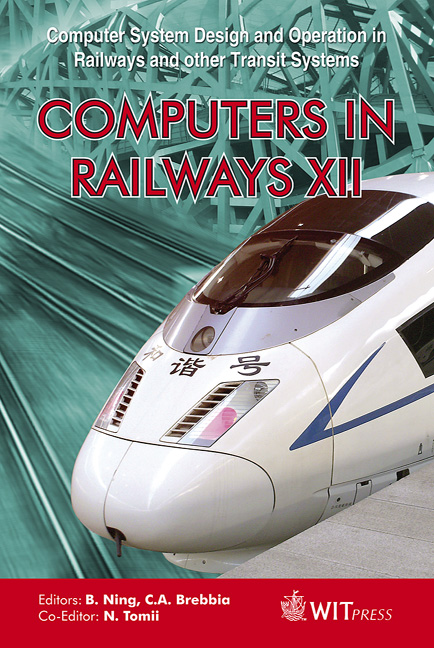Timetable Attractiveness Parameters
Price
Free (open access)
Transaction
Volume
114
Pages
10
Page Range
975 - 984
Published
2010
Size
308 kb
Paper DOI
10.2495/CR100881
Copyright
WIT Press
Author(s)
B. Schittenhelm
Abstract
Timetable attractiveness is influenced by a set of key parameters that are described in this article. Regarding the superior structure of the timetable, the trend in Europe goes towards periodic regular interval timetables. Regular departures and focus on optimal transfer possibilities make these timetables attractive. The travel time in the timetable depends on the characteristics of the infrastructure and rolling stock, the heterogeneity of the planned train traffic and the necessary number of transfers on the passenger’s journey. Planned interdependencies between trains, such as transfers and heterogeneous traffic, add complexity to the timetable. The risk of spreading initial delays to other trains and parts of the network increases with the level of timetable complexity. Keywords: timetable, railway timetable, timetable attractiveness, timetable structure, timetable complexity, travel time, transfers, punctuality and reliability. 1 Introduction This article summarizes some of the European research on how to create better timetables. This is done by identifying and examining some of the most important parameters that make timetables attractive towards the customers of the railway sector. If a person wants to travel from one place to another, the journey will be made in the most attractive way according to the person. Most attractive meaning the \“cheapest” way in respect to journey costs e.g. travel time and number of necessary transfers. The attractiveness of the railway depends on the given valid railway timetable and the reputation of the topical train operating company (TOC).
Keywords
timetable, railway timetable, timetable attractiveness, timetable structure, timetable complexity, travel time, transfers, punctuality and reliability





